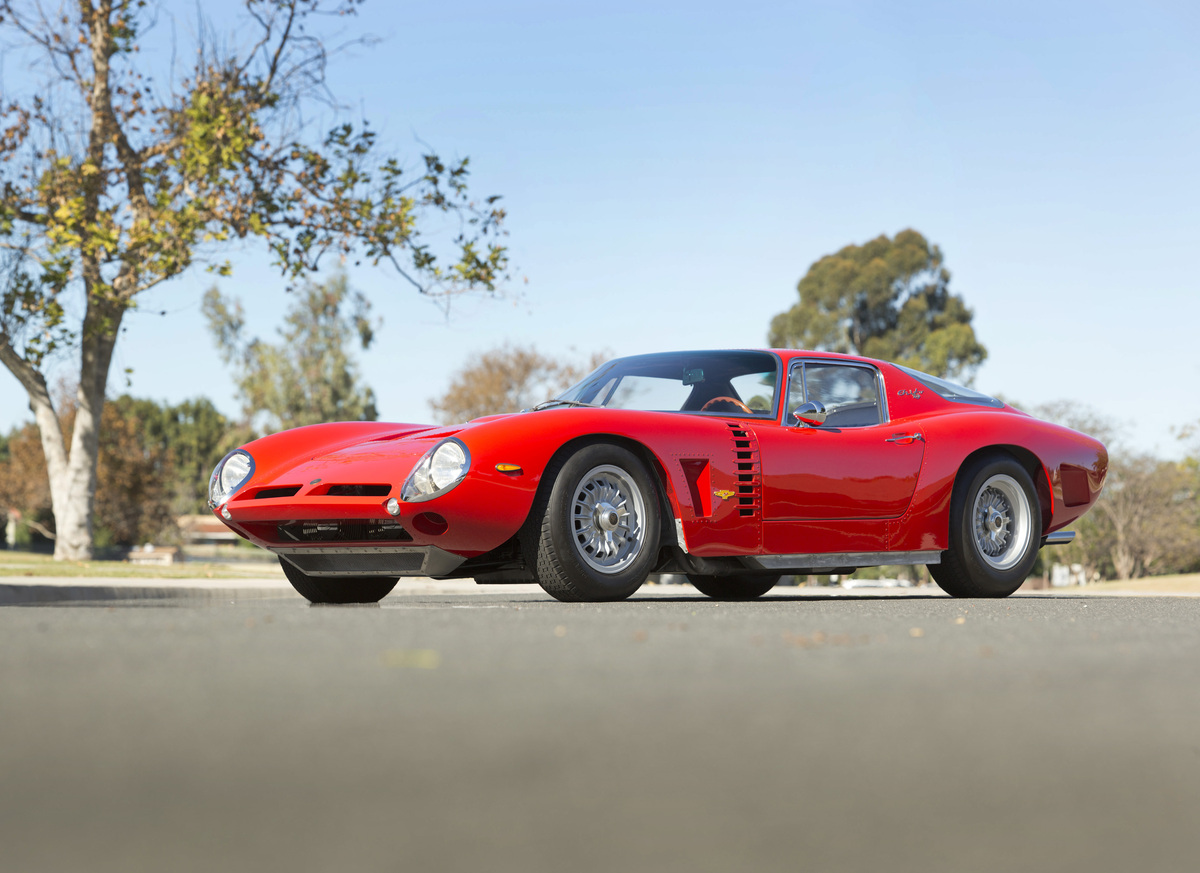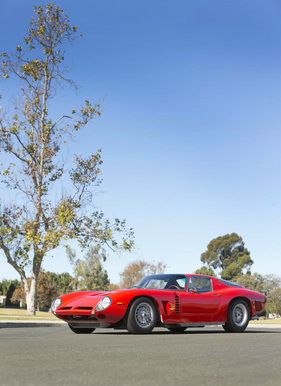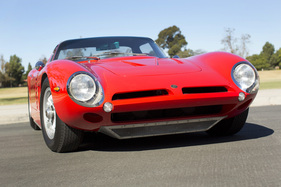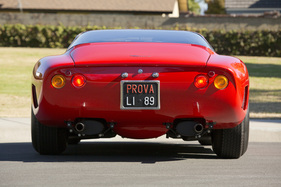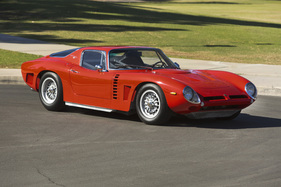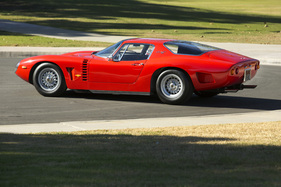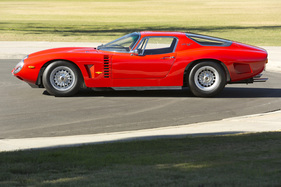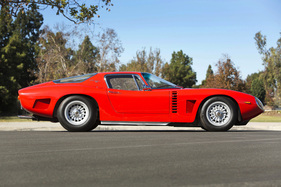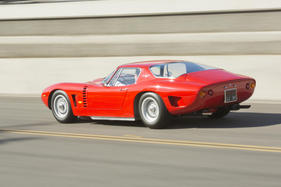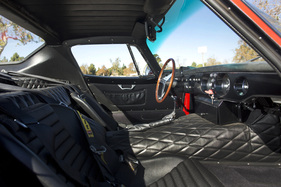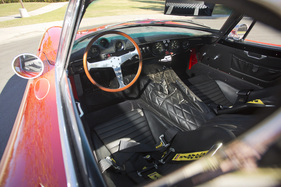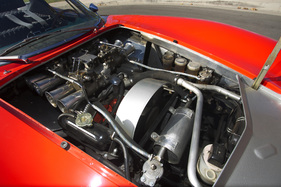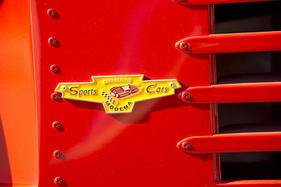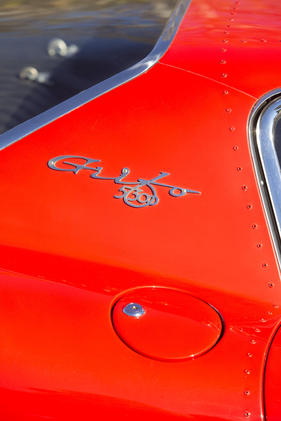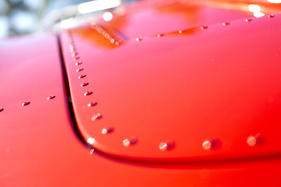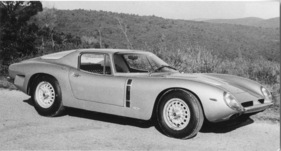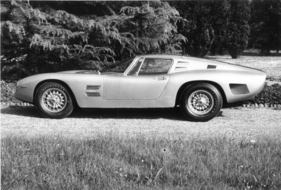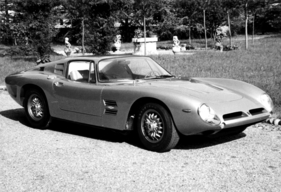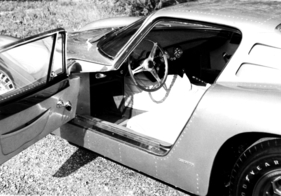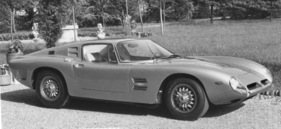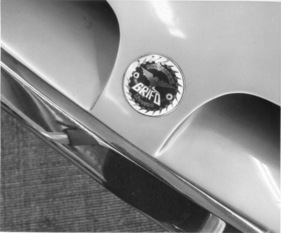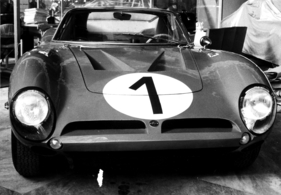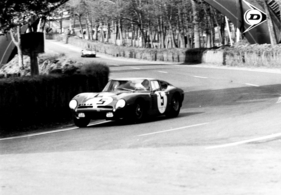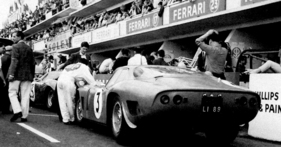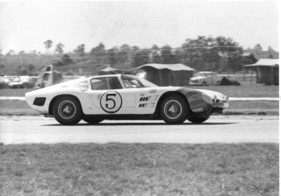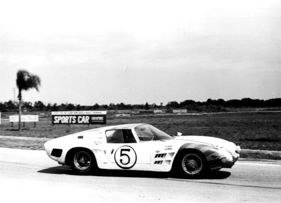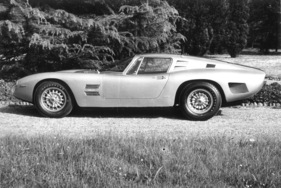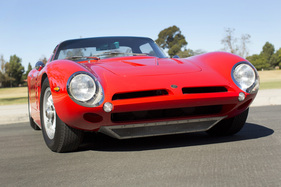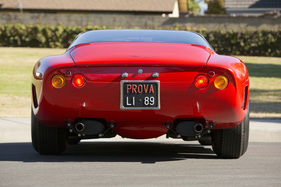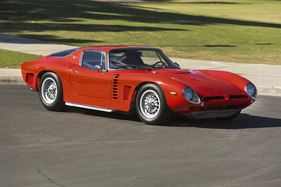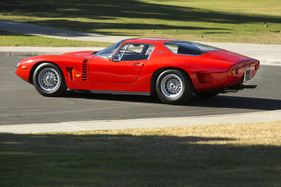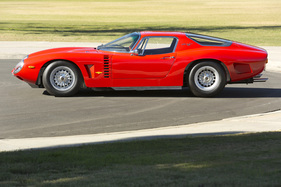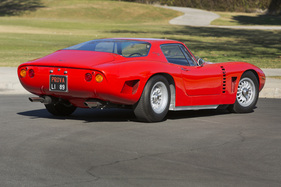Iso Grifo A3/C - the high-flyer on the highway
Summary
In 1965, Paul Frère was given a Bizzarrini/Iso Grifo A3/C to test drive at the Geneva Motor Show. It was a good thing that there was already a short stretch of highway between Geneva and Lausanne at the time, because Frère took the car to almost 270 km/h, an almost unbelievable top speed for road vehicles at the time. However, the sports car also cost considerably more than any Ferrari or Porsche you could buy at the time. This report looks at some of the peculiarities of the Iso A3/C and describes the driving impressions of the time, illustrated with many current and historical pictures.
This article contains the following chapters
- The racing car for the road
- From the race track back to the road
- Little comfort
- Iso becomes Bizzarrini
- The car that Paul Frère drove
Estimated reading time: 7min
Preview (beginning of the article)
In 1963, the first section of the A1 national road, a two-lane highway, was opened between Geneva and Lausanne. Two years later, a certain Paul Frère thundered over the concrete surface in an Iso Grifo A3/C Stradale, reaching a speed of almost 270 km/h. In the original text, published in the magazine "Auto Motor und Sport" 8/1965, it sounded like this: "In the city, the car is usually driven in II gear, but which gear is engaged is actually quite the same, because IV. The choice depends only on the desired acceleration, which is enormous in the appropriate gear. On the highway, we were a little disappointed at first, because although the speedometer read 200 very quickly, acceleration slowed noticeably beyond 210 to 215; when the pointer was at 230, the car felt like it had maybe another 5 to 7 km/h in it, but no more. But then we had to brake because of the (thankfully not too busy) traffic. The question now was: how honest is this speedometer? Out came the stopwatch, and then things looked completely different: with 200 displayed, we drove one kilometer in 15.6 seconds, which equals 230 km/h! Obviously, this speedometer matched a different rear axle reduction, and the 230 km/h shown before was 265 km/h! This also corresponds exactly with the 5800 rpm displayed by the trip meter. We also reached this value on the back straight before a Volkswagen overtook another in front of us and put our brakes to the test, which were less than convincing. Although they are large disc brakes, we would have expected a stronger deceleration, even from the high speed, and if you let go of the pedal after a sharp braking, the servo continues to work for a short time. We were told that this was a test servo and that the after-effect was not present in the normal braking device."
Continue reading this article for free?
Photos of this article

